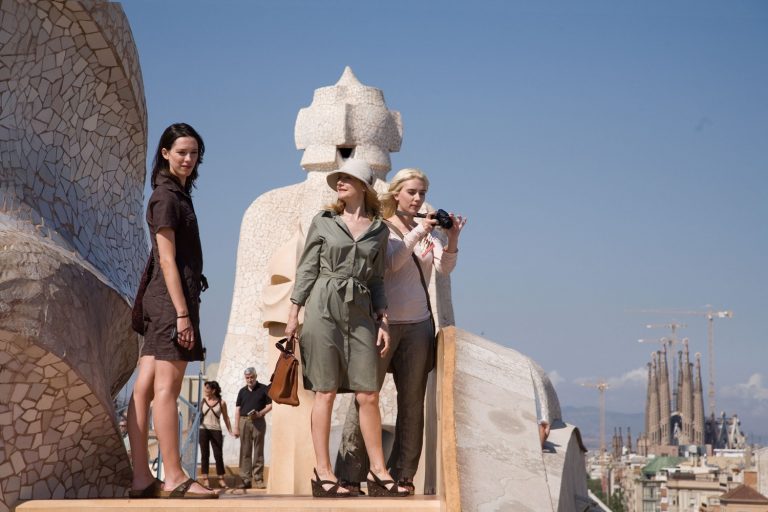In Pictures
-

autoria desconeguda
Request the image
Arxiu Històric del COAC
-

autoria desconeguda
Request the image
Arxiu Històric del COAC
-

© Arxiu Mas
© Fundació Institut Amatller d’Art Hispànic / Arxiu Mas -

autoria desconeguda
Request the image
Arxiu Històric del COAC
-

Oriol Maspons
Request the image
© Fons Fotogràfic O. Maspons / Arxiu Històric del COAC
-

Oriol Maspons
Request the image
© Fons Fotogràfic O. Maspons / Arxiu Històric del COAC
-

Oriol Maspons
Request the image
© Fons Fotogràfic O. Maspons / Arxiu Històric del COAC
-

Lluís Domènech i Montaner
Request the image
Fons Lluís Domènech i Montaner / Arxiu Històric del COAC
-

autoria desconeguda
Request the image
Arxiu Històric del COAC
-

Lluís Domènech i Montaner
Request the image
Fons Lluís Domènech i Montaner / Arxiu Històric del COAC
-

Lluís Domènech i Montaner
Request the image
Fons Lluís Domènech i Montaner / Arxiu Històric del COAC
-

Lluís Domènech i Montaner
Request the image
Fons Lluís Domènech i Montaner / Arxiu Històric del COAC
-

Lluís Domènech i Montaner
Request the image
Fons Lluís Domènech i Montaner / Arxiu Històric del COAC
-

Lluís Domènech i Montaner
Request the image
Fons Lluís Domènech i Montaner / Arxiu Històric del COAC

















